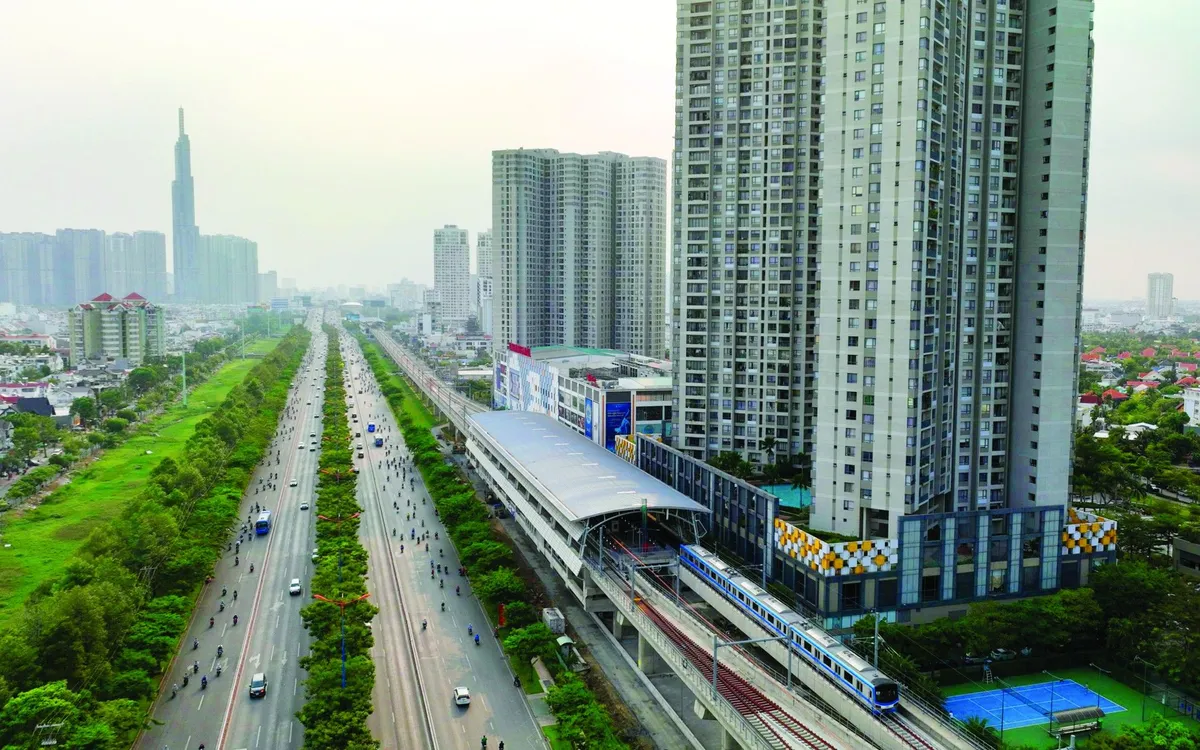
The TOD (Transit-Oriented Development) model, or urban development associated with public transport, is gradually becoming the main development trend.
T OD - the inevitable model of the megacity
The TOD (Transit-Oriented Development) model, or urban development associated with public transport, is gradually becoming the main development trend in large cities around the world , especially cities facing traffic congestion and environmental pollution such as Ho Chi Minh City. This model emphasizes the development of residential, commercial and service areas around public transport stations, especially metro, train and bus lines. The goal is to reduce dependence on personal vehicles, reduce traffic congestion, protect the environment and improve the quality of life for urban residents.
Applying the TOD model to urban planning in Ho Chi Minh City can help solve the problem of sustainable urban development. The city is facing a great opportunity when expanding its administrative boundaries, turning Ho Chi Minh City into a megacity with a population of more than 20 million people. This is an important time for Ho Chi Minh City to affirm its position in the picture of a modern and smart city.
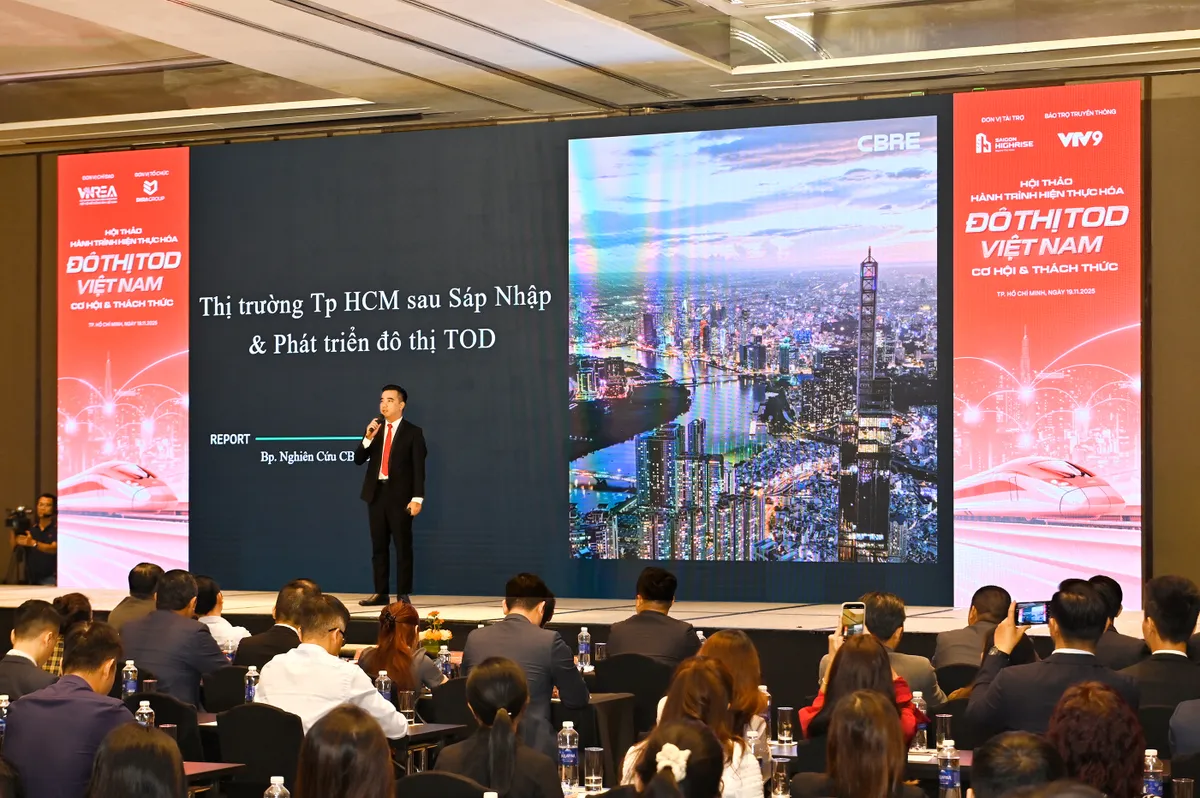
Ho Chi Minh City with transport infrastructure such as metro, highway, and beltway will be the backbone to promote growth in housing, trade and logistics.
Speaking at the seminar "Journey to realize TOD urban areas in Vietnam: Opportunities - Challenges" organized by the Vietnam Real Estate Association (VNREA) and DKRA Group on November 19 in Ho Chi Minh City; Dr. Nguyen Van Dinh; Vice President of the Vietnam Real Estate Association (VNREA) emphasized: "2025 is a pivotal year for the real estate market when a series of new laws come into effect, opening up a more transparent and modern legal framework". Along with important Resolutions of the Politburo and the arrangement of administrative units, Vietnam has the opportunity to form new megacities and urban governance models. This is especially important for Ho Chi Minh City when the city will become a center of new megacities, accompanied by strong development of public transport.
Mr. Pham Lam, Chairman of the Board of Directors and General Director of DKRA Group, pointed out that in the context of increasing housing prices, urban planning and public transport development are indispensable in the sustainable urban development strategy. He said: "Planning and transport infrastructure after the merger will play an important role in expanding development space and improving home ownership." This means that Ho Chi Minh City needs to prioritize the development of urban areas around public transport stations, reduce dependence on personal vehicles and develop public transport infrastructure such as metro, buses, and trains.
Connecting suburban areas with the city center through a modern public transport system will not only help reduce congestion but also create convenient and modern living spaces for urban residents. A smart city with seamless and fast public transport connections will be a key factor in developing Ho Chi Minh City into a sustainable megacity in the future.
What priorities are needed?
For the TOD model to be truly successful in Ho Chi Minh City, the city needs a synchronous development strategy and clear priorities in urban planning, public transport infrastructure development and related legal mechanisms. These factors are indispensable to ensure that TOD can be effective in the long term and contribute to the sustainable development of the city.
One of the most important factors for the TOD model to succeed in Ho Chi Minh City is to build a clear and synchronous legal framework. Dr. - Architect Ngo Viet Nam Son said: "The TOD model can only be effective when implemented on a clear legal foundation and integrated planning from the beginning. The land fund on both sides of the metro lines needs to have a transparent legal mechanism, as a basis for compensation, site clearance and urban redevelopment." Mr. Son emphasized that the lack of a mechanism for sharing land value and the lack of synchronization in the law can slow down the progress of TOD projects and make it difficult to attract investment.
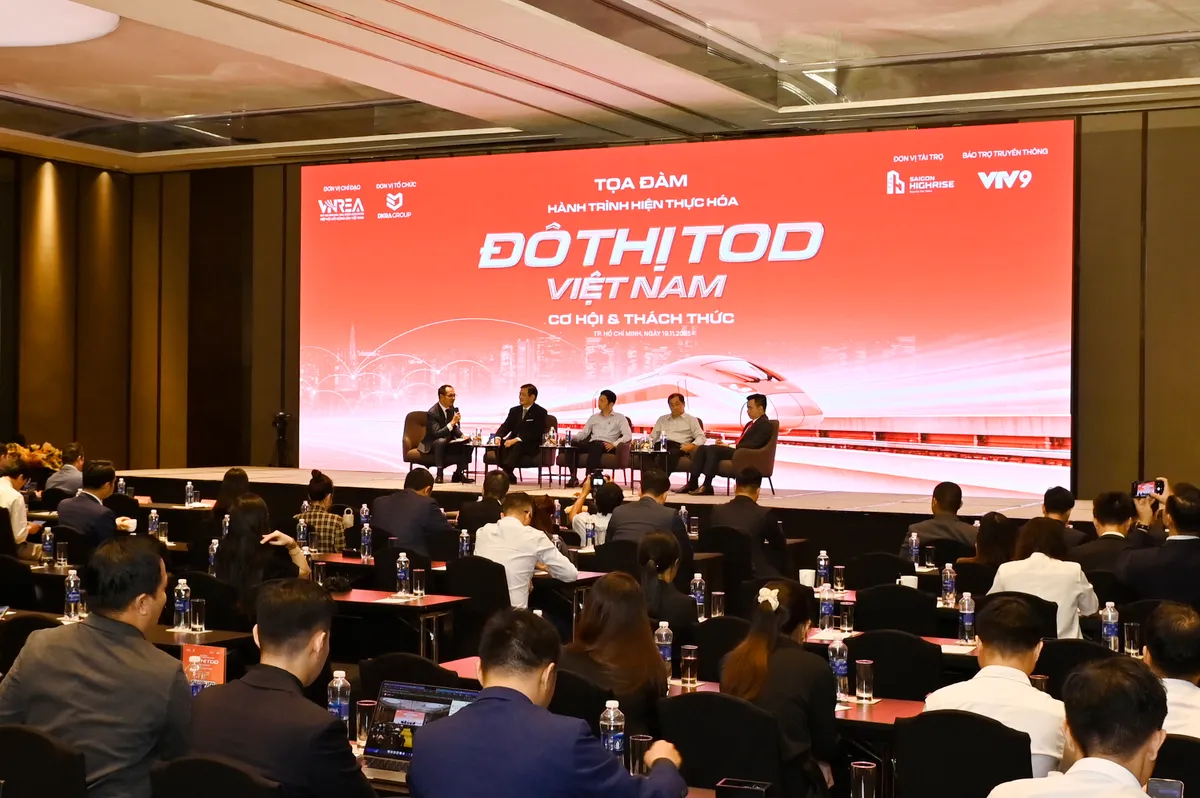
Experts believe that the TOD model is not only an inevitable trend but also a great opportunity for Ho Chi Minh City to develop sustainably in the future.
The public transport system, especially metro and buses, needs to be developed synchronously and expanded to connect suburban areas with the center of Ho Chi Minh City. Current and future metro lines such as metro line 1 Ben Thanh - Suoi Tien and metro line 2 Ben Thanh - Tham Luong will play an important role in developing the TOD model. According to Mr. Vo Huynh Tuan Kiet, Director of Housing Project Marketing Department (CBRE Vietnam), the expansion of Ho Chi Minh City's administrative boundaries has brought the city into the stage of forming a megacity with large development space and new urban centers. Transport infrastructure such as metro, expressway, and beltway will be the backbone to promote growth in housing, trade and logistics. Mr. Kiet also emphasized: "Regional transport infrastructure - including Ring Road 3, Ring Road 4, expressway and metro - plays a backbone role for growth in housing, trade and logistics".
An issue that cannot be ignored in implementing TOD in Ho Chi Minh City is planning management and site clearance. Dr. Dinh The Hien, an economic expert, commented: "In the next 10 years, the Ho Chi Minh City metropolis will witness a large population increase, promoting the demand for integrated urban areas following the TOD model." Areas such as Thu Duc, Binh Duong, Ba Ria - Vung Tau, where there are large land funds, will play an important role in developing TOD urban areas. However, to effectively utilize this land fund, Ho Chi Minh City needs to have a reasonable compensation and urban redevelopment mechanism to avoid wasting resources.
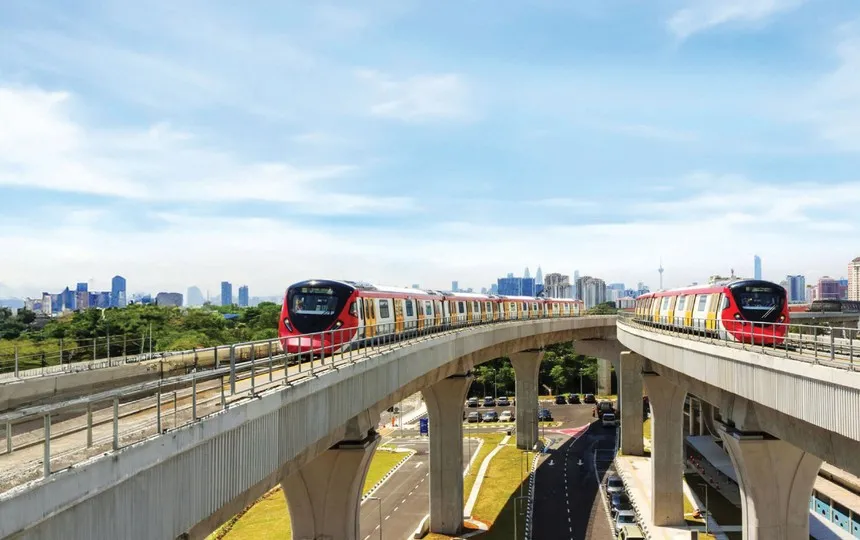
Ho Chi Minh City needs to connect urban planning with major transport axes such as metro and high-speed railway to create an inter-regional TOD network.
For the TOD model to develop sustainably, Ho Chi Minh City needs to attract reputable investors with long-term strategies and the ability to synchronously deploy from legal, planning to implementation. According to Mr. Pham Lam, Chairman of the Board of Directors and General Director of DKRA Group, a clear regional strategy is an important factor for Ho Chi Minh City to effectively exploit open space. Mr. Lam believes that Ho Chi Minh City needs to connect urban planning with major transport axes such as metro and high-speed railway to create an inter-regional TOD network.
The TOD model is not only an inevitable trend but also a great opportunity for Ho Chi Minh City to develop sustainably in the future. For this model to be successful, the city needs to prioritize building a transparent legal framework, synchronously developing public transport infrastructure, reasonable site clearance and attracting reputable investors. These factors will help Ho Chi Minh City build a smart, sustainable and strongly developing urban area in the future.
Mr. Nguyen Tat Thang, Deputy Head of the Technical Infrastructure Planning Department (Department of Planning and Architecture of Ho Chi Minh City), commented: the limitations in the implementation of Metro Line 1 are the "necessary price to pay" to complete the legal framework for urban railways. Thanks to Resolution 38 of the City People's Council, the legal system for urban railways and TOD has a solid foundation.
The city is currently reviewing the land fund around the metro lines: line 1 has more than 160 hectares in Thu Duc City suitable for TOD development; line 2 is studying the range of 500-1,000 m to optimize resources. TOD projects along Ring Road 2 and the Ben Thanh - Tham Luong line are expected to complete procedures and be ready to start construction by the end of 2025.
Source: https://vtv.vn/phat-trien-do-thi-tod-tp-ho-chi-minh-can-nhung-uu-tien-gi-100251119162511108.htm



![[Photo] National Assembly Chairman Tran Thanh Man holds talks with South Korean National Assembly Chairman Woo Won Shik](/_next/image?url=https%3A%2F%2Fvphoto.vietnam.vn%2Fthumb%2F1200x675%2Fvietnam%2Fresource%2FIMAGE%2F2025%2F11%2F20%2F1763629724919_hq-5175-jpg.webp&w=3840&q=75)
![[Photo] President Luong Cuong receives President of the Senate of the Czech Republic Milos Vystrcil](/_next/image?url=https%3A%2F%2Fvphoto.vietnam.vn%2Fthumb%2F1200x675%2Fvietnam%2Fresource%2FIMAGE%2F2025%2F11%2F20%2F1763629737266_ndo_br_1-jpg.webp&w=3840&q=75)



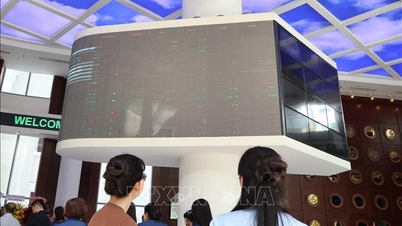

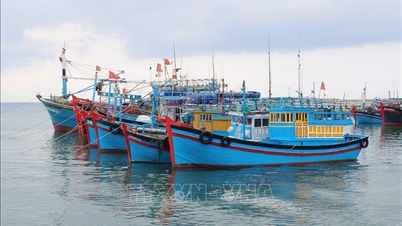
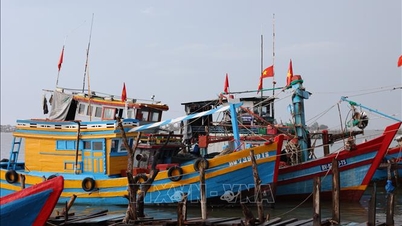


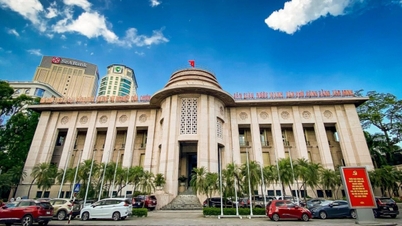








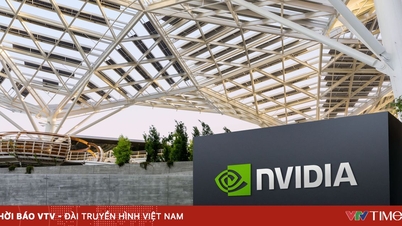






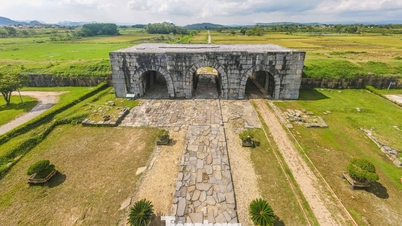

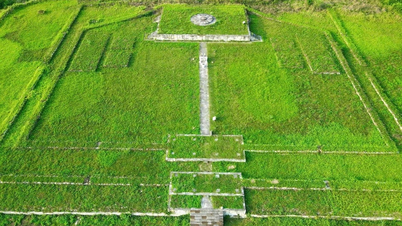























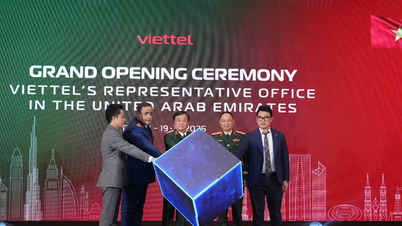
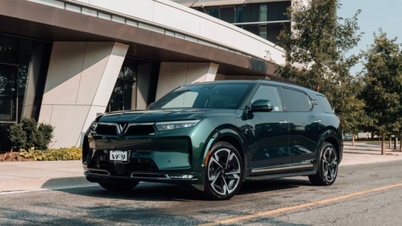






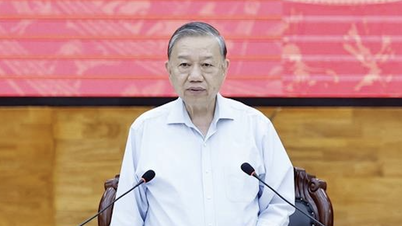


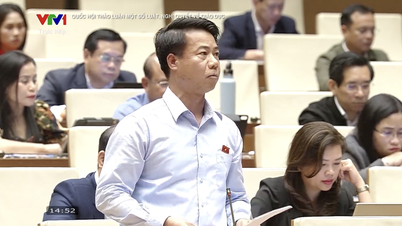






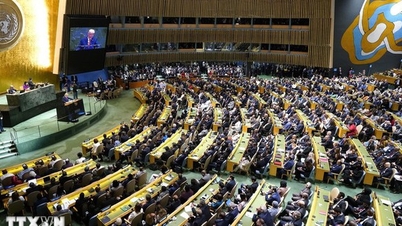










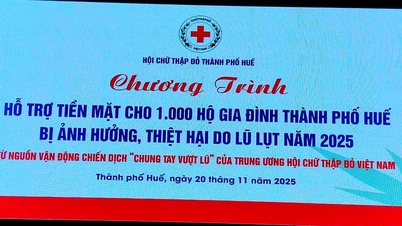

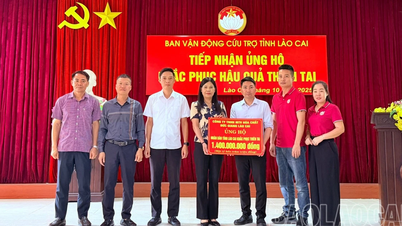

















Comment (0)